Chingia longissima
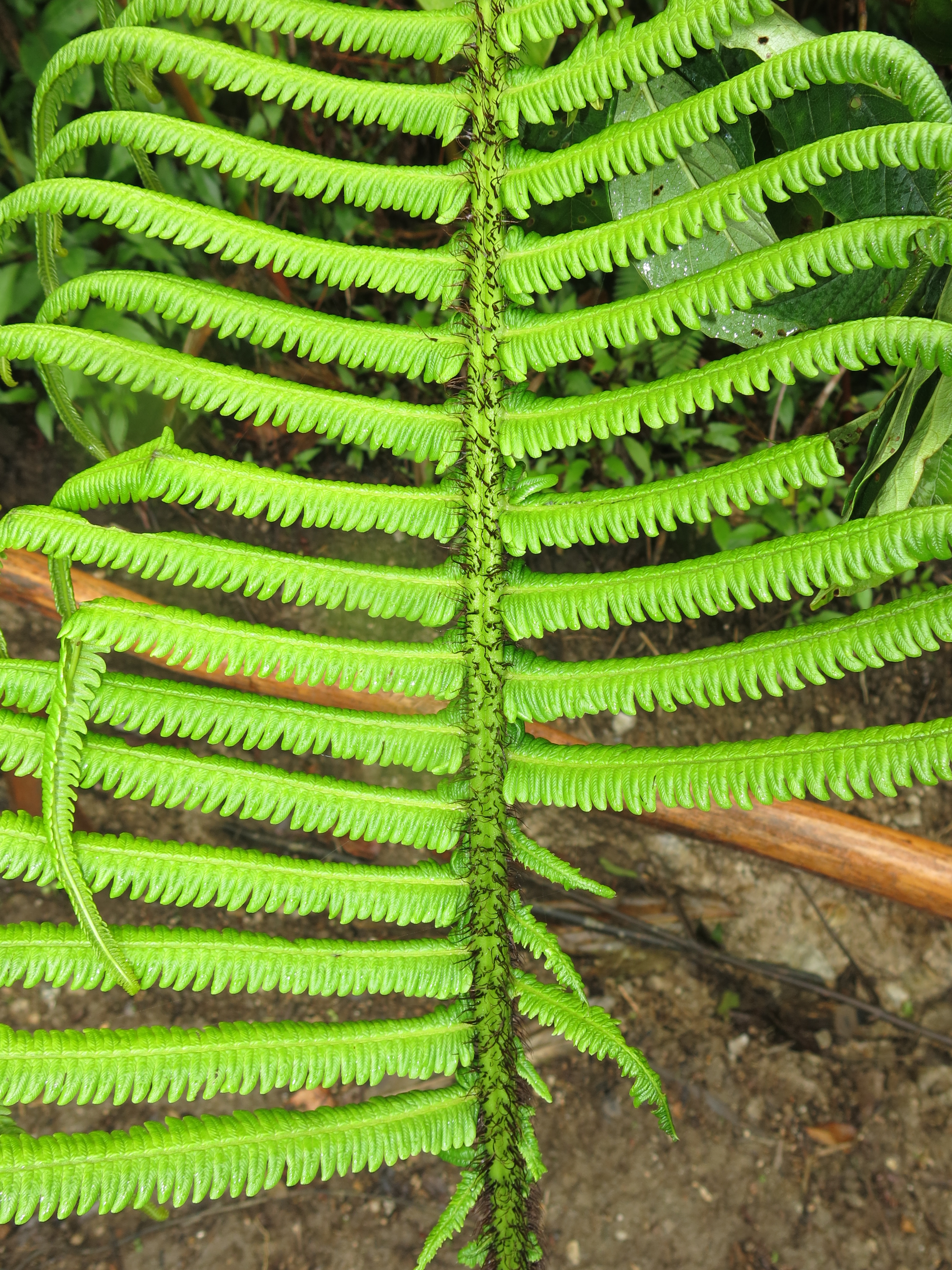
Collection data
Classification & Common Names
- Class: Polypodiopsida
- Family: Thelypteridaceae
- Genus: Chingia Holttum
- Species: Chingia longissima (Brack.) Holttum
Collection Data
- Collection Date: Dec. 21, 2013
- Primary collector: R. Wei
- Habitat: Tropical rainforest
- Habit: Terrestrial
- Specimen location: PE

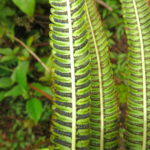
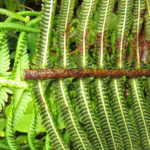
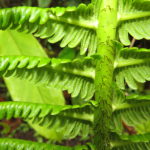
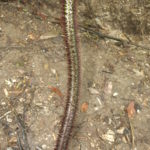
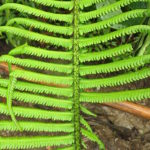

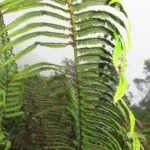
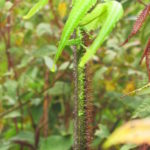
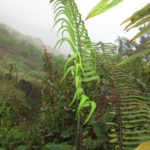
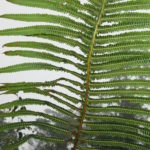
What a beautiful plant! I’ve never heard of this genus, so I want to thank you for sharing these wonderful pictures.
Actually, I just remembered that I did hear about this genus before. The stipe scales of Chingia resemble those of the “subulate-scaled clade” of Elaphoglossum (sensu Rouhan et al. 2004). These scales are often mistaken by hairs because of their slender and bristly appearance, but at higher magnification it can be seen that they are enrolled lengthwise to form a tubular structure. Despite being highly distinctive in Elaphoglossum, it seems that subulate scales have evolved several times in the fern phylogeny. I also know a few examples in Ctenitis (e.g., C. erinacea and C. hemsleyana).
Please let me know if you are aware of other examples.
Dear Matos,
Yes, to my knowledge, I did be aware of some other similar examples, but most of them are paleotropical species, such as Nothoperanema (Dryopteridaceae) and Diplazium kawakami. Nothoperanema has very hard and subulate scales along the petioles which look like hairs at first glance. It is very notable that the scales of Diplazium kawakami on the petioles because scales have stipes when young but afterward the scales were draw off, only leaving the stipes on the petioles, which quite look like hairs or trichomes. I have pictures of these two species, and will upload them later.
Thank you so much. I will look for these in the herbarium.